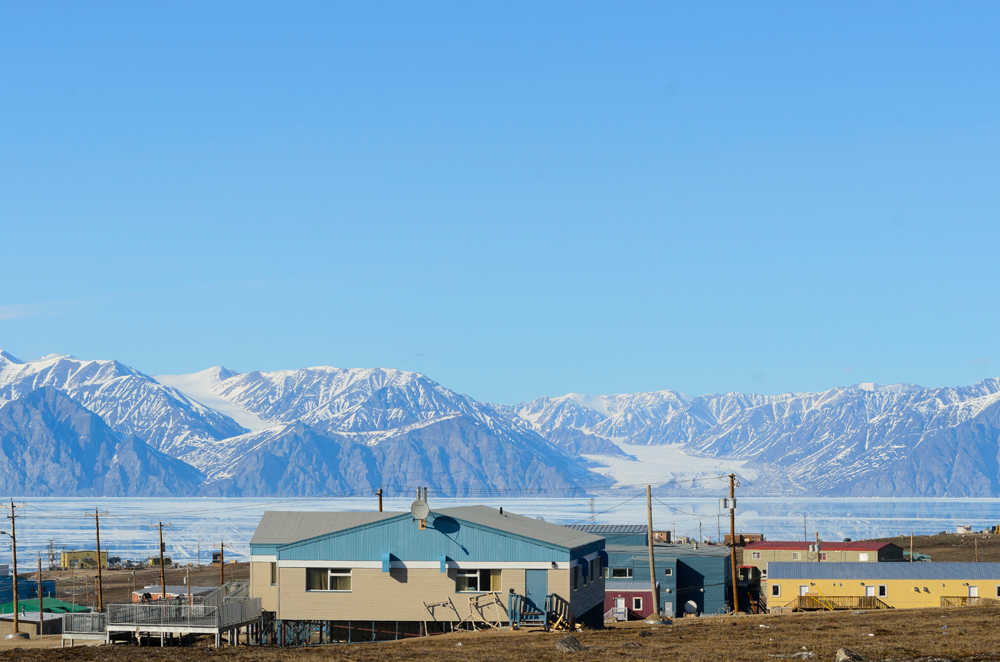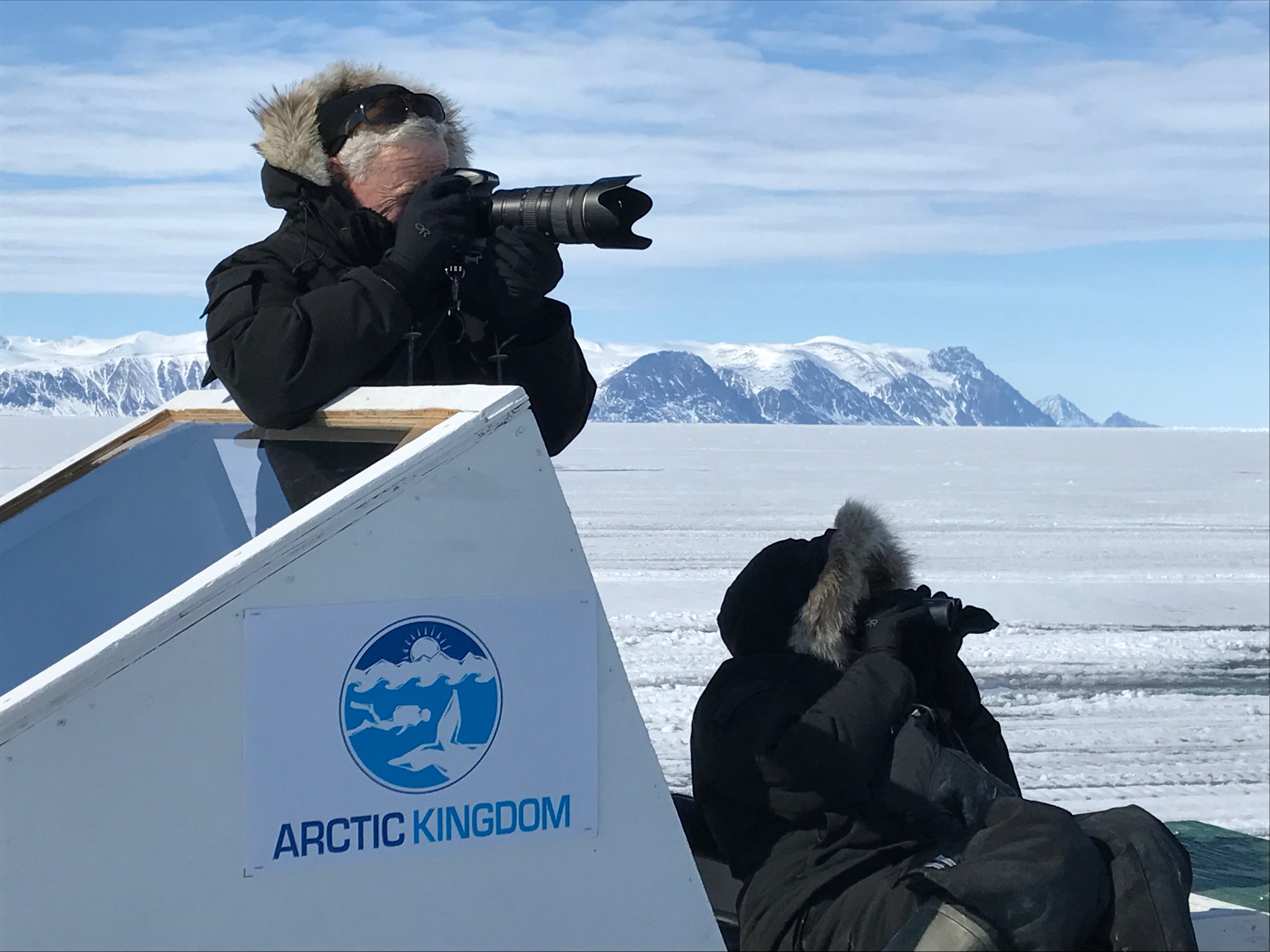There is something ancient and powerful about seeing a glacier in person. Some of us have seen glaciers from an airplane or on a ski trip and it can feel like you caught a glimpse of a celebrity.
They can be found in the highest parts of our planet and most of us live far from any year-round snow. So, it is meaningful when you spend a moment in the shadow of this frozen giant.
People hike for hours, or days, just to stand in the presence of a glacier and refresh themselves in the icy waters of a glacial lake.
If you are trying to nourish your wanderlust and longing to be outside, then join us as we talk about how glaciers are formed.
What Makes A Glacier
A glacier is a large mass of ice that is survives year-round and forms on land. It undergoes a recrystallization of precipitation that demonstrates a shifting or flow due to its own weight.
In other words, when snow remains all year it eventually gets compacted underneath new snow. That old snow bonds into a more dense and granular icy sediment, known as firn.
When enough of these densely packed firns form a continuous body of ice, it becomes a glacier.
There is no exact size or extent required for it to be called a glacier, it just has to survive year-round. In fact, there is no hydrological difference between an ice patch that lasted a year and the ice from an ancient glacier, except the size. Some groups considering a 0.1 square kilometre ice mass to count as a glacier.
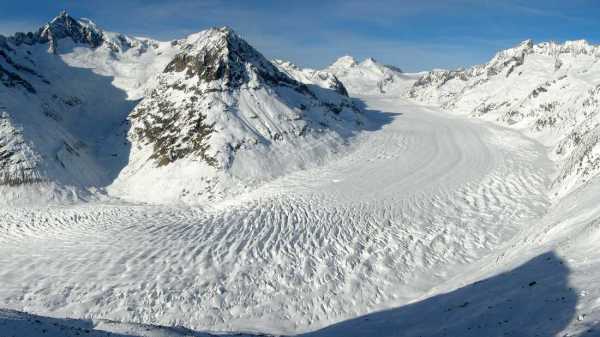
Why Glaciers Move
Another unique feature of a glacier is their movement or flow. Often, glaciers are so large that they slide down mountains or through valleys because of their tremendous mass. They are so dense and weigh so much that they are affected by gravity.
Some glaciers can travel as fast as 15 metres a day. They will create a moraine of rocks and materials as they push their way through a landscape. The glacier river that flows down the valley will lead the way as it finds the smoothest and fastest way down a basin.
The glacier is nudged along by a geothermal energy that creates a slightly warmer climate beneath the glacier. The sheer size and then the compression of that mass produces insolates and heats the bottom layer of the glacier, which helps it slide downhill.
Fast moving glaciers are called, ice stream. It is in these ice streams that you have warmer and softer ice that forms crevasses.
There are two patterns of movement a glacier takes, basal sliding and plastic flow.
Basal sliding is when the entire glacier moves together as a single unit and uses its pressure to generate a stream beneath to move downhill.
Plastic flow occurs when the upper and centre parts of the glacier move fast then the sides and bottom. This is due to the effects of friction slowing separate sections of the glacier. Although it travels in sections, the glacier moves downhill fast with plastic flow.
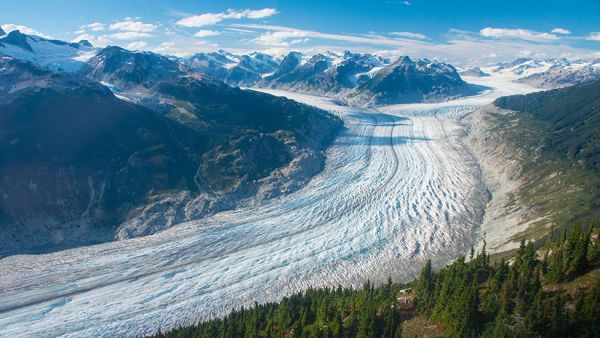
Two Types of Glaciers
While the term ‘glacier’ can refer to a broad category of ice formations, such as ice caps and ice sheets, there are only two types of glaciers.
An alpine glacier forms in mountainous areas that are at such high elevations that snow can fall all year or patches of snow can remain year-round. That snow will recrystalize and compress forming glacial ice.
These alpine glaciers are generally found on steep mountainsides or within hanging valleys, which expose the ice to steeper slopes than other glaciers. This means their size and flow can vary more drastically depending on their weight and the climate.
The second type is an ice sheet glacier. These are much larger than alpine glaciers and tend to flatten their landscape and fill valleys. They are enormous and thick masses of ice that can stretch a continent, like in the case of Greenland and Antarctica. Other are remnants of ancient ice sheets, such as the Laurentide Ice Sheet that covered much of North America but can only be found on Baffin Island now.
These glaciers form a dome shape as its gravity forces the sides to slip away and finds any slope it can slide down. They are responsible for most fiords as glaciers found the water and would break off into icebergs.
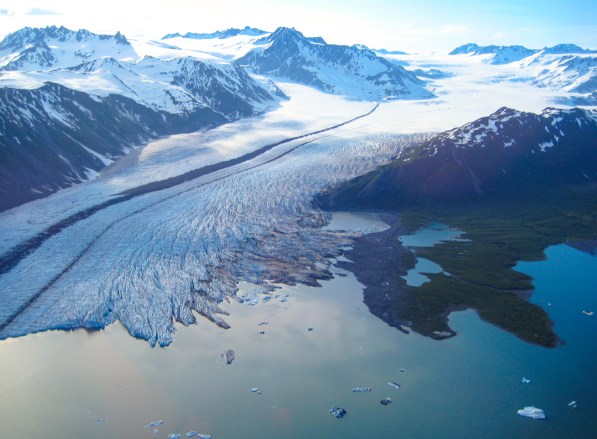
Do You Want To Visit A Glacier?
After 20 years of experience, we are the world’s premier Arctic adventure company focused on bringing you unforgettable trips that meet your bucket list dreams.
Our time providing tours of Baffin Island has given us the expertise and connections to bring you where you want to go. Whether by boat, snowmobile, helicopter, or even hot air balloon, we will show you the beauty of the north.
If you are interested in visiting a glacier on one of our Arctic wildlife safaris, then explore our Polar Bears & Glaciers of Baffin Island Safari or Spring Polar Bears & Icebergs of Baffin Island Safari.
Here, you have the chance to witness the stunning east coast of Baffin Island and photograph polar bears. You will get to visit Coronation Glacier, one of the only glaciers in the area that reaches the ocean and creates icebergs.
If you are looking to craft a customizable itinerary that fits with your schedule meets your goals, then explore our Private Journeys.

Experience The Arctic On A Safari
Get chances to view elusive Arctic wildlife and experience the majesty of the Arctic on safaris almost year-round. View all Arctic Safaris here.
Ready for adventure? Contact our Arctic Travel Advisors to book.
We now have a Gear Shop where you can browse some of the best outdoor clothing and equipment to buy or gift to friends and family.
Are you still curious about the many wonders of the Arctic or looking for more interesting content then explore more blogs here!
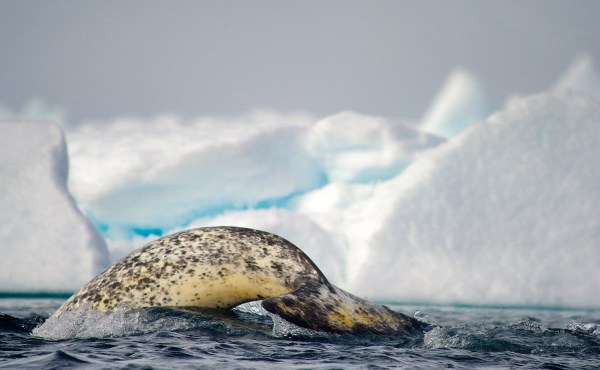
By: Mathew Whitelaw


